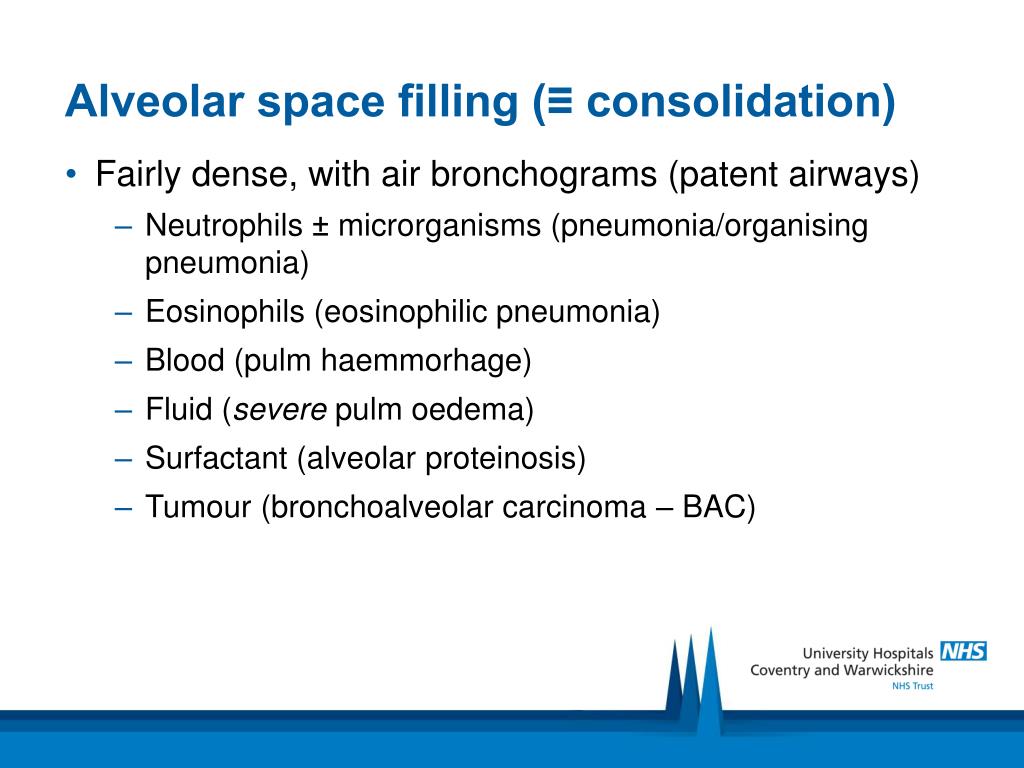

Some clinicians prefer to add 5 cm H 2O of PEEP routinely in order to counteract the modest drop in functional residual capacity (FRC) that has been shown to occur with endotracheal intubation, although this is probably unnecessary in most patients. In such settings, a volume-targeted mode such as A/C ventilation is simplest and most reliable, and usually requires fewer adjustments than does pressure-targeted ventilation. What may be referred to as “routine ventilatory support” is encountered most frequently in the postoperative period or in the setting of short-term loss of spontaneous ventilation, such as with a drug overdose. Most patients who require a period of invasive mechanical ventilation have relatively normal underlying lung function. Table 8 summarizes the recommended approach to setting the ventilator depending on the patient’s acute respiratory problem and the clinical setting. Mechanical Ventilation pimer- Clinical Respiratory Diseases & Critical Care Medicine, Seattle - Med 610 - University of Washington School of Medicineīack to | Guidelines for Ventilator Settings


 0 kommentar(er)
0 kommentar(er)
